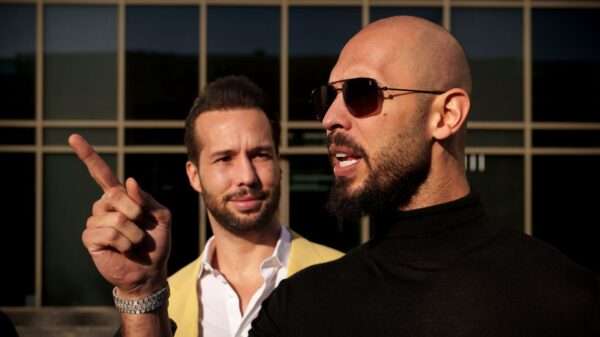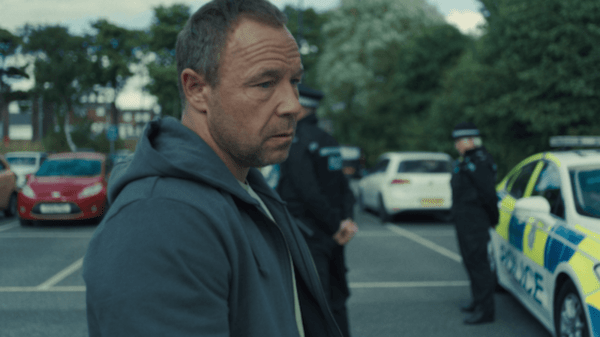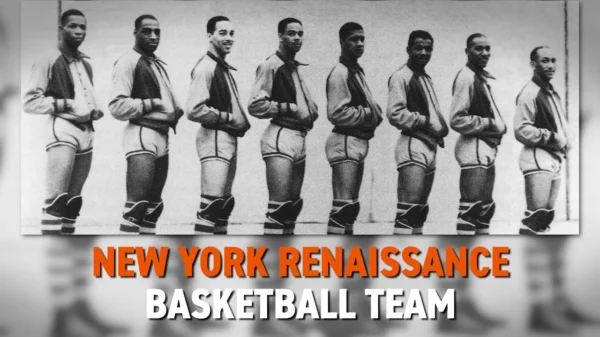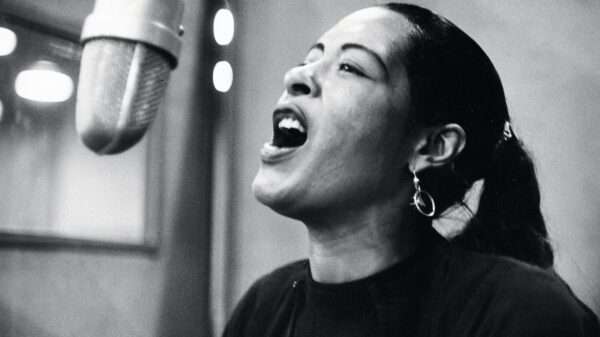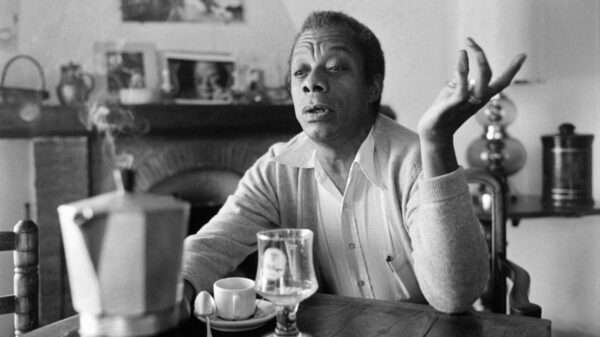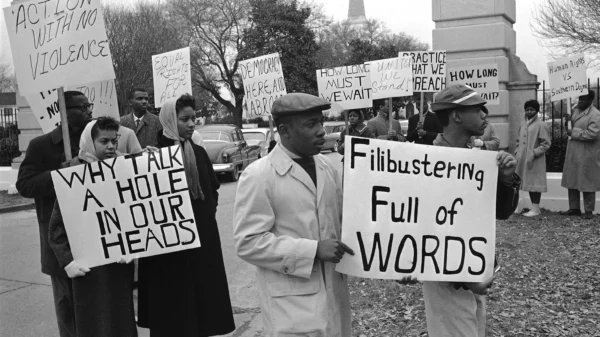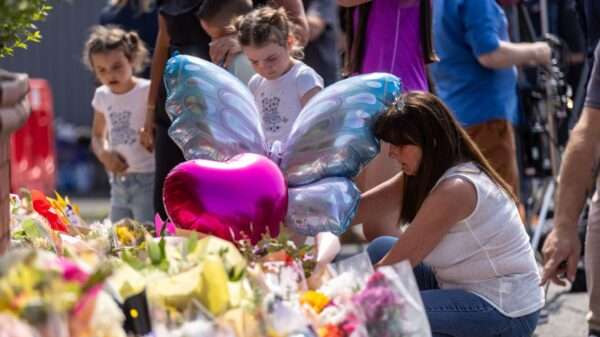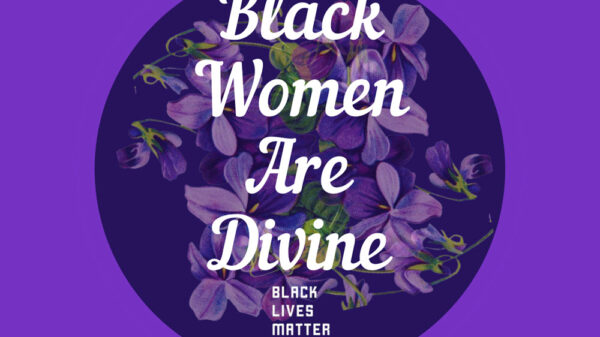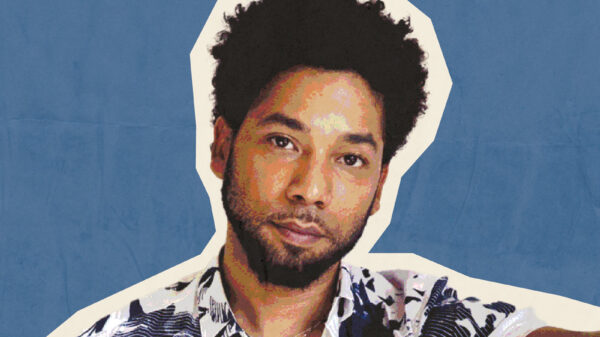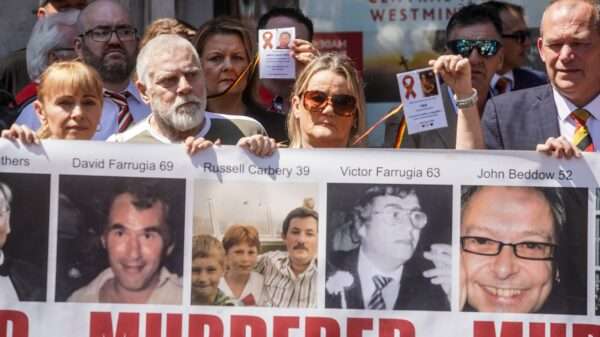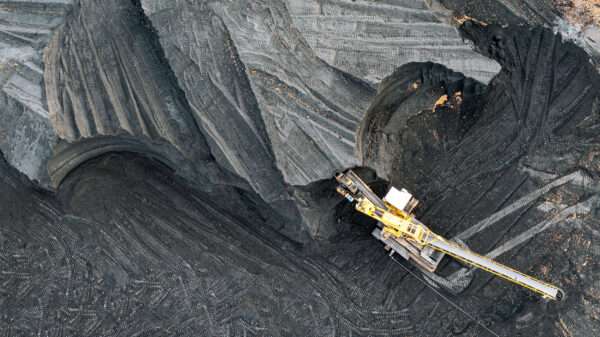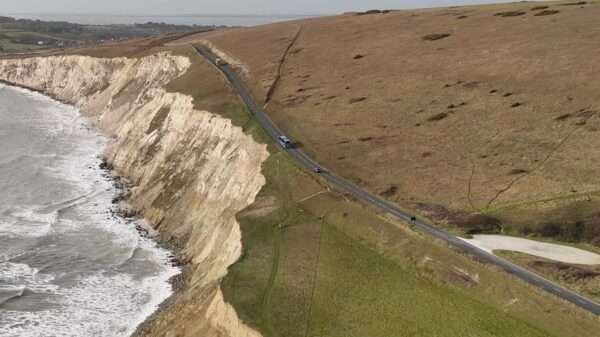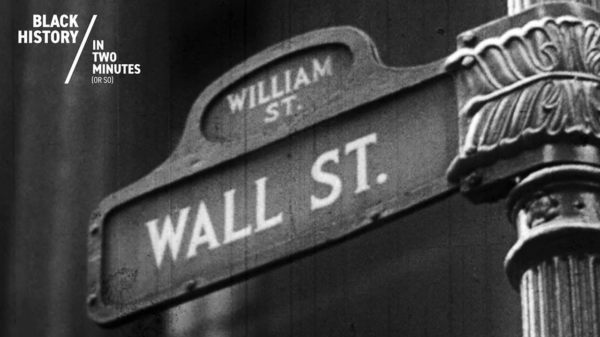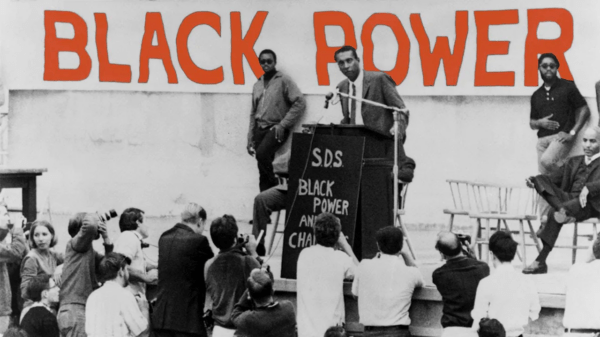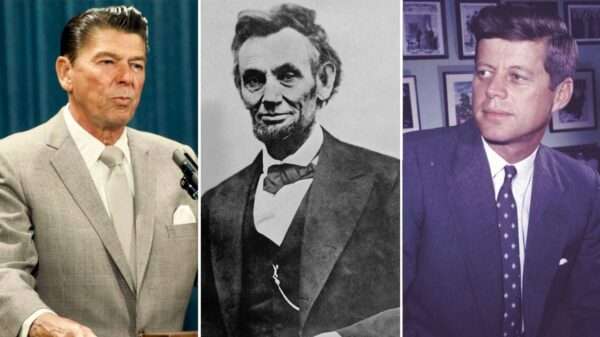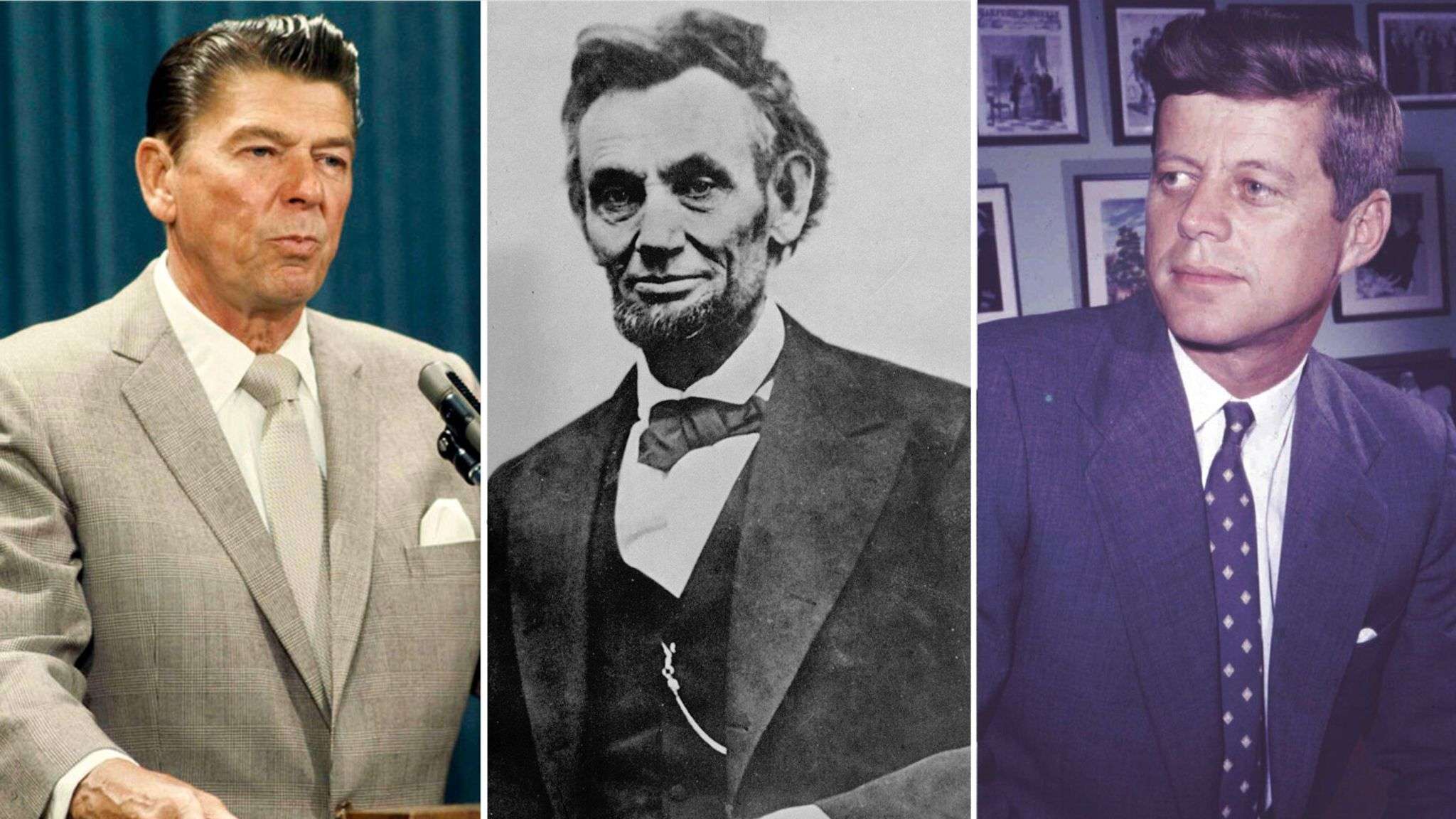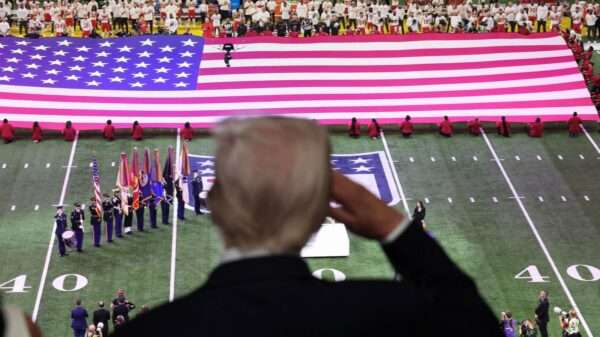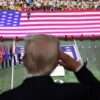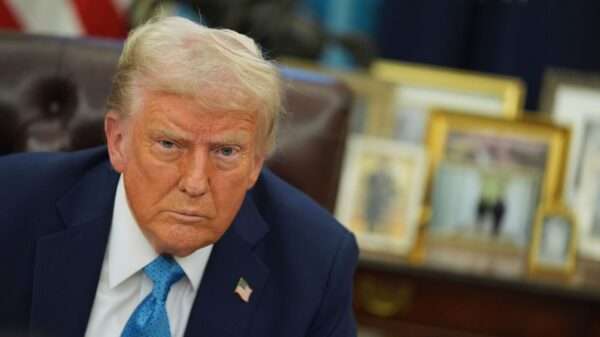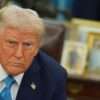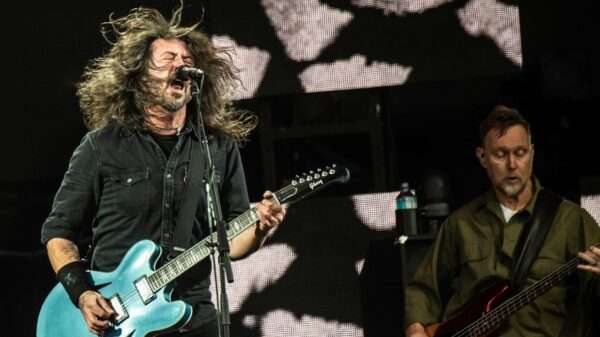After the shooting at former President Trump’s Pennsylvania rally, NBC News presidential historian Michael Beschloss reflects on past presidential assassination attempts and how Americans came together in response.
The history of US presidential assassinations is a somber and tragic part of American history, reflecting moments of national crisis and political upheaval. Since the founding of the United States, four sitting presidents have been assassinated, each event profoundly impacting the country and altering its course.
The first US president to be assassinated was Abraham Lincoln, who was shot by John Wilkes Booth on April 14, 1865, while attending a play at Ford’s Theatre in Washington, D.C. Lincoln, the 16th president, led the nation through the Civil War, preserving the Union and beginning the process of ending slavery. His assassination came just days after General Robert E. Lee’s surrender at Appomattox Court House, marking the end of the war. Booth, a Confederate sympathizer, hoped Lincoln’s death would revive the Southern cause, but instead, it plunged the nation into mourning and set the stage for a tumultuous Reconstruction era.
The second assassination occurred on July 2, 1881, when Charles J. Guiteau shot President James A. Garfield at the Baltimore and Potomac Railroad Station in Washington, D.C. Garfield, the 20th president, had been in office for only a few months. Guiteau, a disgruntled office seeker who believed he was owed a diplomatic position, was motivated by a delusional sense of entitlement and personal vengeance. Garfield succumbed to his wounds on September 19, 1881, after a prolonged struggle with infections caused by the bullet wound. His death led to significant reforms in the federal government’s civil service system, culminating in the Pendleton Civil Service Reform Act of 1883.
William McKinley, the 25th president, was the third to be assassinated. On September 6, 1901, Leon Czolgosz, an anarchist, shot McKinley at the Pan-American Exposition in Buffalo, New York. McKinley initially survived the attack but died of gangrene caused by his wounds on September 14, 1901. Czolgosz’s motivation stemmed from his belief that McKinley represented oppressive institutions and that his act would inspire others to rise against government control. McKinley’s assassination led to the swearing-in of Theodore Roosevelt, who would become known for his progressive policies and strong leadership.
The most recent assassination was that of John F. Kennedy, the 35th president, on November 22, 1963. Kennedy was shot by Lee Harvey Oswald while riding in a motorcade through Dealey Plaza in Dallas, Texas. Kennedy’s assassination shocked the world and became a defining moment for a generation. Oswald, a former Marine with Marxist sympathies, was captured shortly after the shooting but was killed two days later by nightclub owner Jack Ruby before he could stand trial. Kennedy’s death led to numerous investigations, including the Warren Commission, which concluded that Oswald acted alone. However, conspiracy theories about the assassination have persisted, reflecting the deep impact and lingering questions surrounding the event.
Each assassination left an indelible mark on American society and politics. Lincoln’s death complicated the post-war reconstruction process and altered the approach to reintegrating the Southern states and addressing the rights of freed slaves. Garfield’s assassination underscored the need for reform in the federal appointment system, leading to a more merit-based civil service. McKinley’s death ushered in an era of progressive reforms under Roosevelt’s leadership. Kennedy’s assassination marked a turning point in American history, leading to a period of social upheaval and skepticism towards government institutions.
These tragic events have also led to increased security measures for US presidents, evolving over time to address the changing nature of threats. The Secret Service, originally created in 1865 to combat counterfeit currency, was given the responsibility of protecting the president after McKinley’s assassination. Today, it employs a range of advanced security measures to ensure the safety of the nation’s leaders.
The assassinations of Lincoln, Garfield, McKinley, and Kennedy remind us of the vulnerability and humanity of even the most powerful individuals. They also highlight moments of national crisis and transition, illustrating the resilience and continuity of American democracy in the face of profound tragedy.


